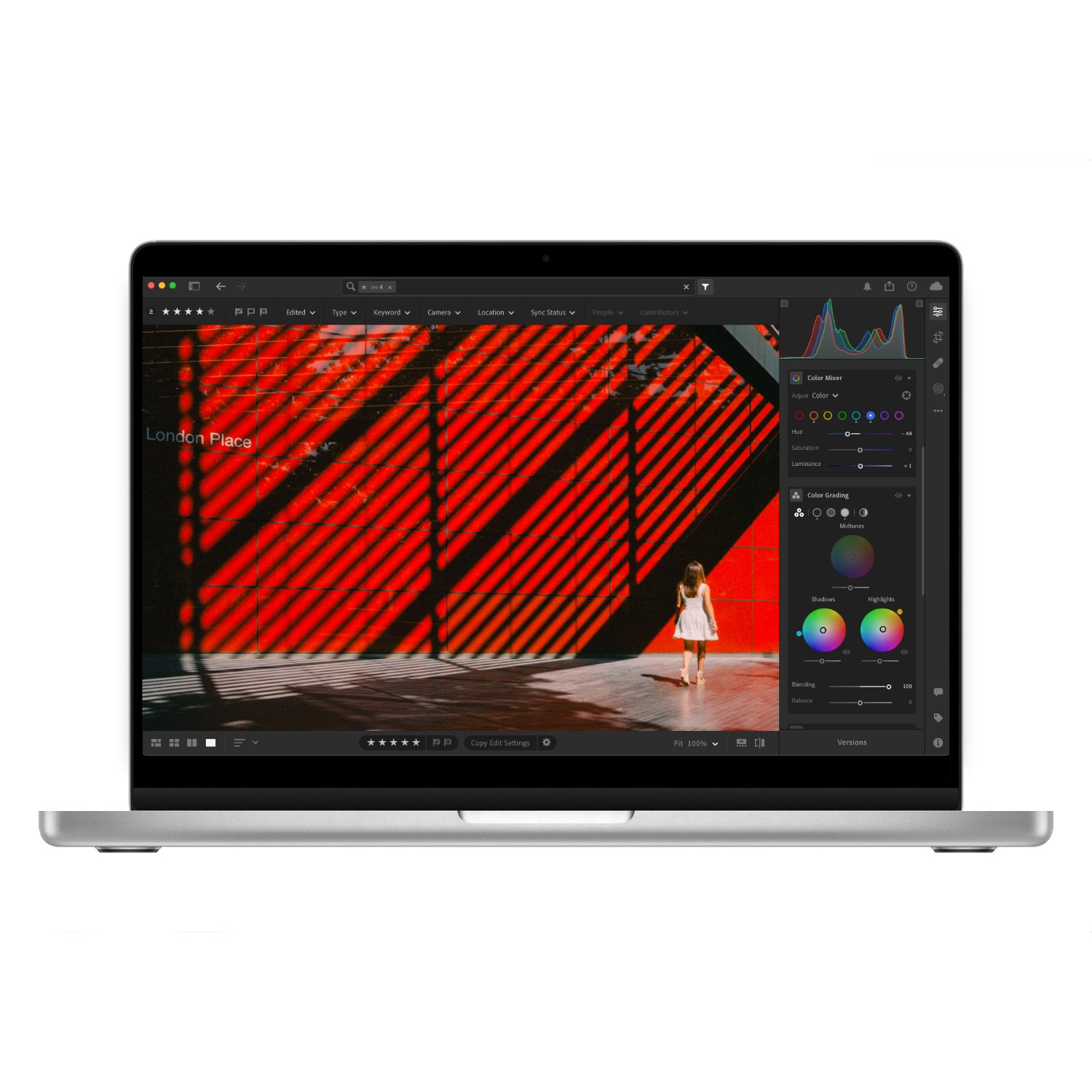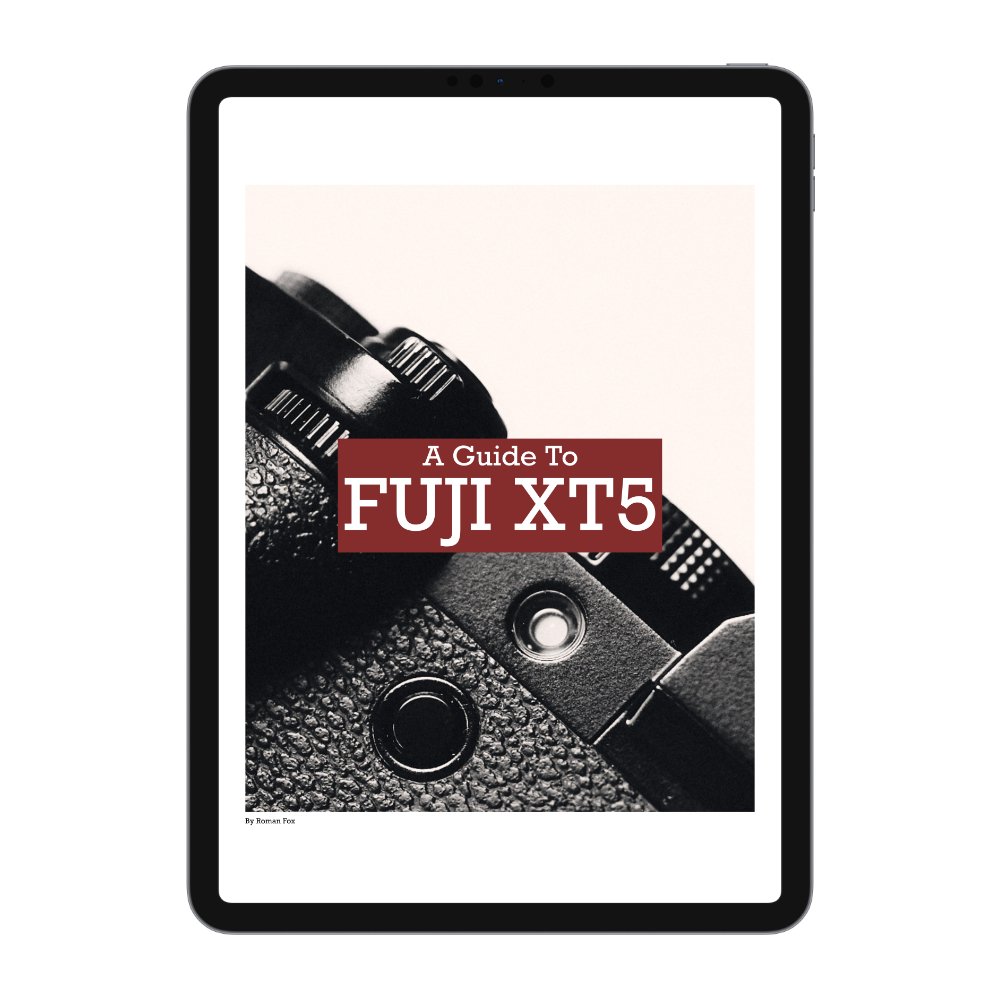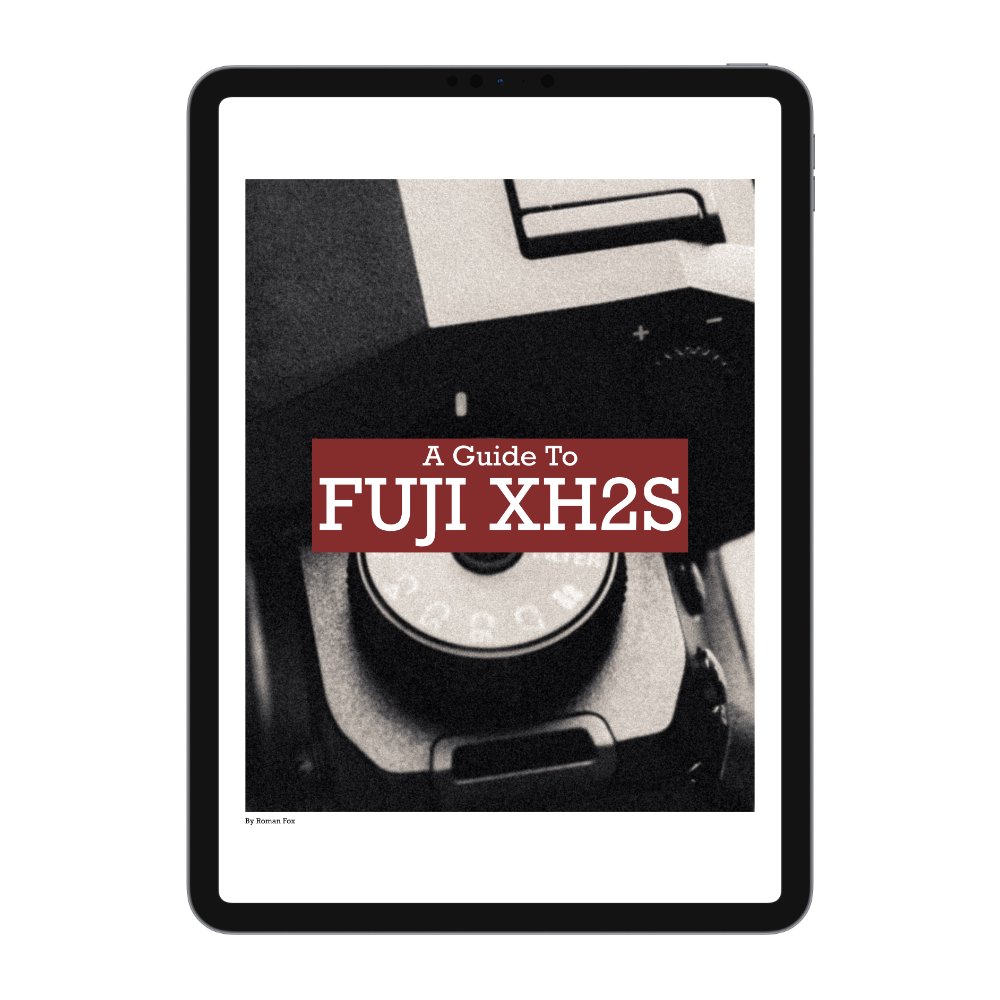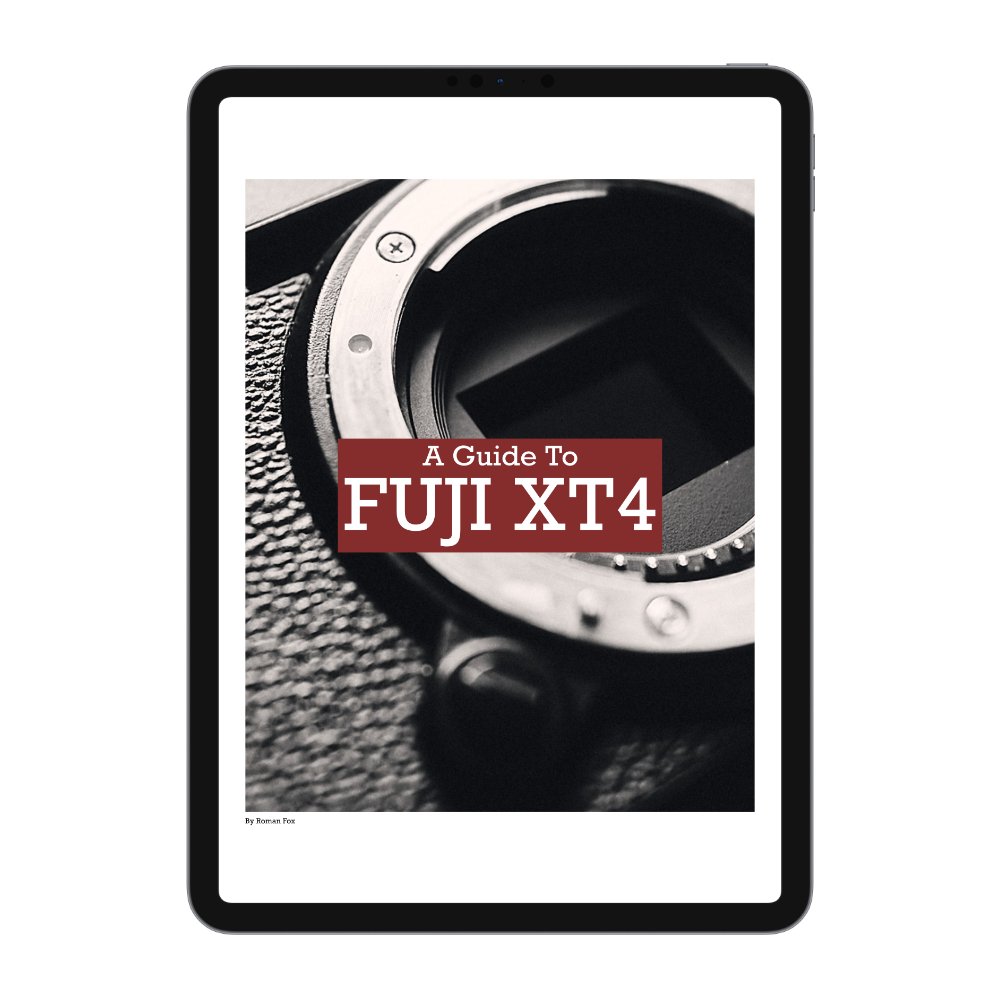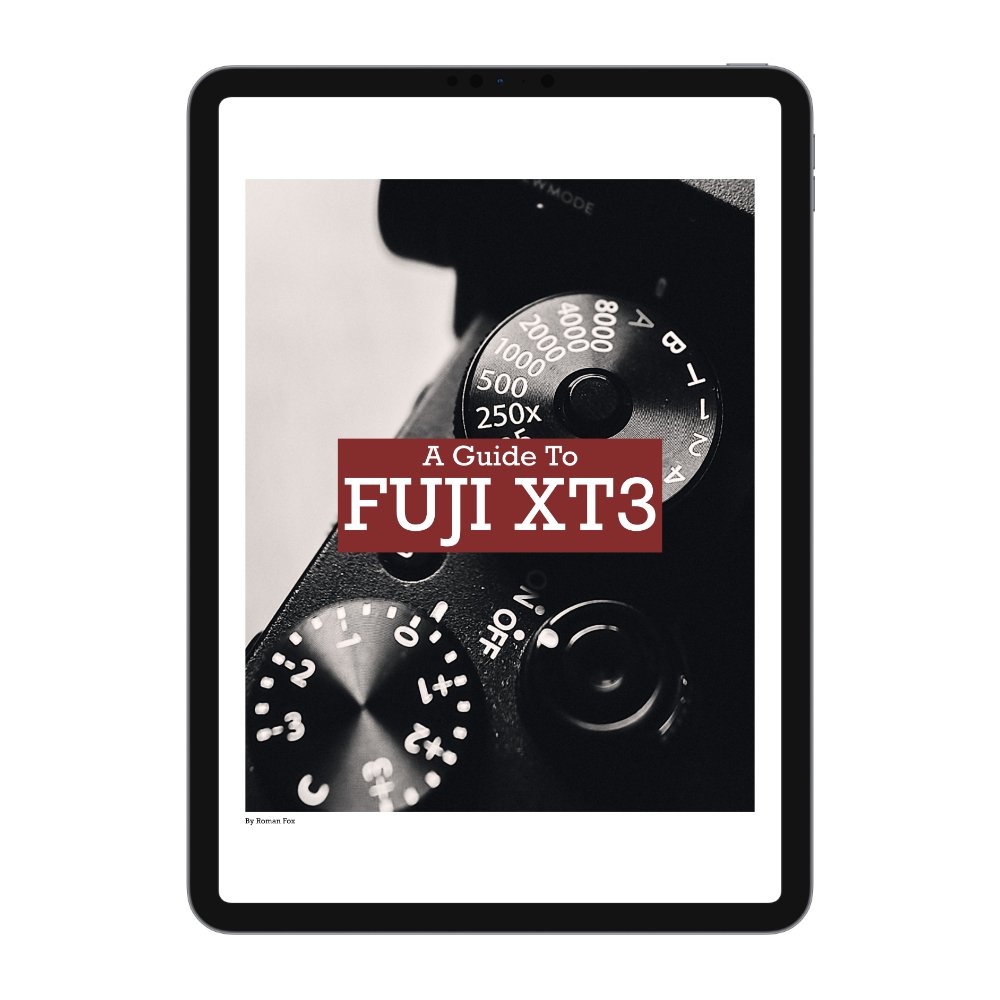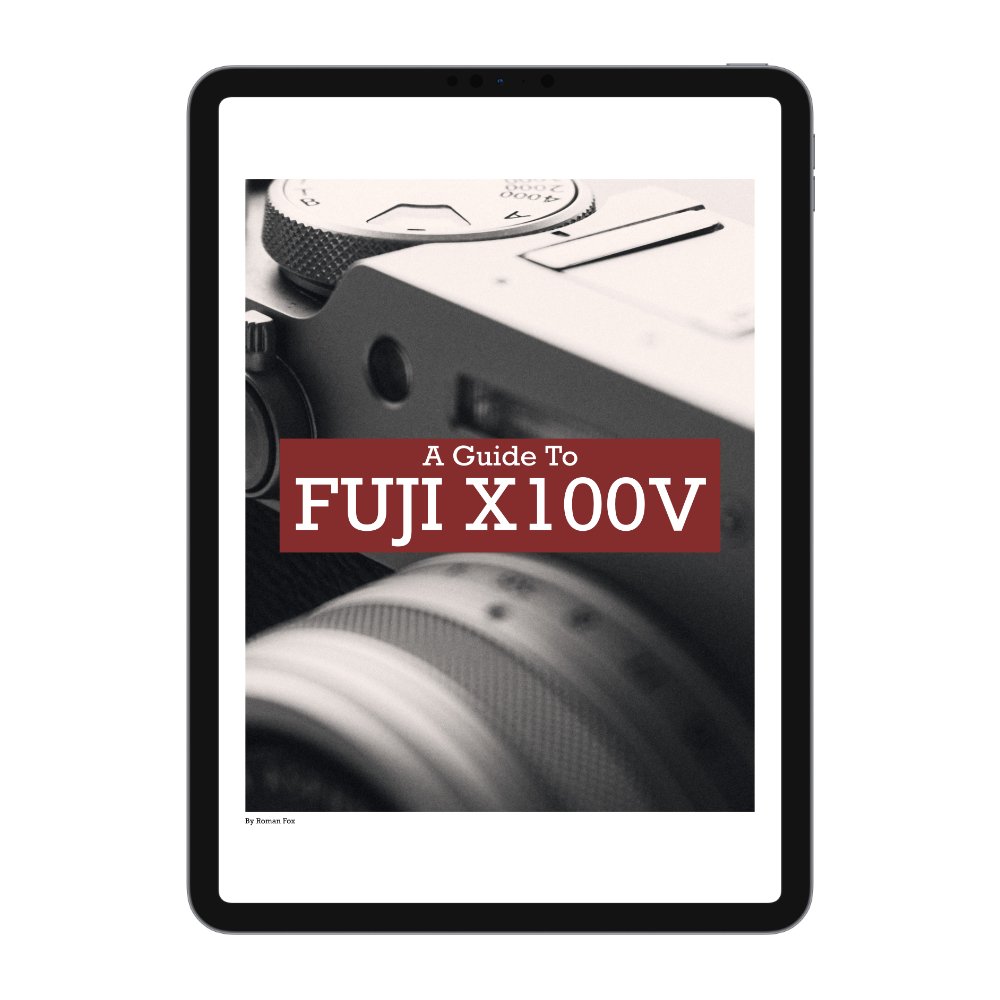Fujifilm 35f2 vs 33f1.4 - Which Is Best?
I’ve been using the 35mm f2 since 2019 and the 33 f1.3 since 2021. While both of these cover the same focal length, they do it in different packages, at different price points and aimed at different users. I still own and use both lenses so in this blog I will try to answer a common question. Which one is better and which one should you get. I’ve already published separate blogs on each lens that you can find below where I go into more details.
Mutual Pros / Cons
Both lenses are built exceptionally well and are weather sealed. Both have all metal bodies and metal mounts. Also both have great aperture and focus dials that only feel better with age. Despite key differences in the following attributes, both lenses offer great autofocus, image quality and value. No mutual cons that I can think of.
35mm > 33mm
The first clear advantage of the 35mm is the size. It is roughly half the size and weight of the 33 and on smaller bodies this makes a huge difference. Even on the XT5 which is a medium sized body, the difference is clear. After using the 35 on the XT5, going to the 33 makes the camera feel big and heavy. However if you use the XH2 / XH2s then the differences in size and weight will not really be noticeable due to the bigger body, better grip and a more balanced camera. The next advantage is the price. It is nearly twice as cheap as the 33. For some people a saving of £300 isn’t much but for most of us, this is a substantial amount of money. Finally this lens uses a simpler focus motor type which is quieter when switched off. The 33 can rattle a little when switched off while this remains silent.
33mm > 35mm
There are 3 key areas where the 33mm outshines the 35mm. This isn’t to say the 35 is bad, far from, the 33 just does it better. First is sharpness. The 33 is sharper than the 35 at all aperture values. You won’t tell the difference when viewing at a normal viewing angle or on social media. However when printing or more importantly cropping in, the difference is there. The next clear advantage is the low light performance at f1.4. You can’t get around physics and letting more light in allows for cleaner images and faster shutter speeds at night. Finally the 33 has a linear autofocus motor that is quicker and better suited for tracking and video. While both the 35 and 33 perform identically for still photography, as soon as tracking and video is concerned, the 33 pulls ahead.
Why Pick 35mm
The main reason one would pick the 35mm is for the size and weight. If you travel frequently and prefer to move light, then this lens is a no brainer. Also if you like street photography, this lens is much less intimidating. The second reason you would consider this is if you shoot with smaller bodies such as an XT5 or smaller. This lens balances much better on those bodies and your wrist will have a much better time. Finally at nearly half the price, this is the clear winner if you’re on a budget.
Why Pick 33mm
The first and main reason you’d consider the 33 is for the aster f1.4 aperture. If you shoot at night at least 50% of the time, then having the ability to let more light in is warranted. Equally if you shoot portraits and your clients want blurry background, then this lens does produce more pleasant results. The second biggest reason you’d get this is for the focus motors. If you shoot a lot of video, photograph sports or anything that requires tracking, these motors will simply perform better. Finally if you plan on cropping your photos especially if coupled with the higher resolution sensors, then the extra sharpness and detail this lens provides will come in very handy.










